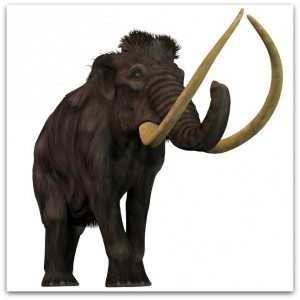As the last major Ice Age ended, the mighty herds of woolly mammoths that roamed the plains of eastern Asia began to dwindle. But they could be making a comeback.

Despite having so much raw material to work with, Radik Khayrullin, the Vice President of the Russian Association of Medical Anthropologists, says that he’s hesitant to move forward with the most obvious next step: cloning the mammoth. In answering a question nobody really asked, Khayrullin told the Russian press that “we must have a reason to do this, as it is one thing to clone it for scientific purposes, and another to clone it for the sake of curiosity.” He makes no mention of the fact that cloning on this scale isn’t quite actually possible yet.
Another mammoth hurdle in the mammoth cloning project: the team would need to find actual living cells in the mammoth in order to successfully clone it. That’s only the first step in a lengthy process that would first lead to the development of a workable woolly mammoth genome. If they can do that, then they’d be able to splice the cells into an elephant embryo that would later be implanted inside a healthy female elephant. If everything works out, she would eventually give birth to a bouncing baby mammoth.
While much could be learned from bring back a mammoth, several scientists and critics are worried that it might set a bad precedent for more potentially dangerous cloning experiments down the road. Others contend that it might simply be a huge waste of money. Only one thing is for certain: a baby woolly mammoth, no matter how comprised its origins, is bound to be incredibly adorable.







